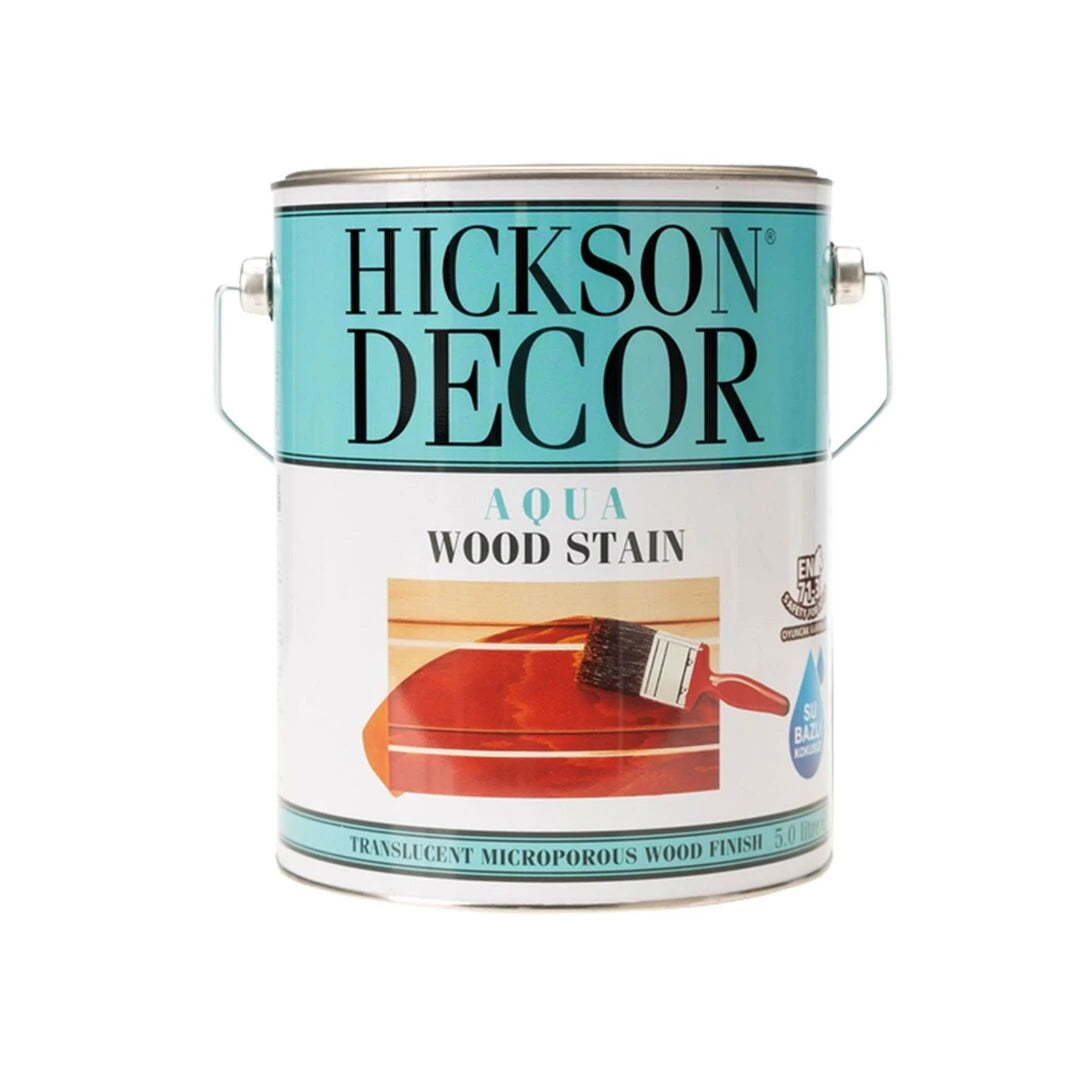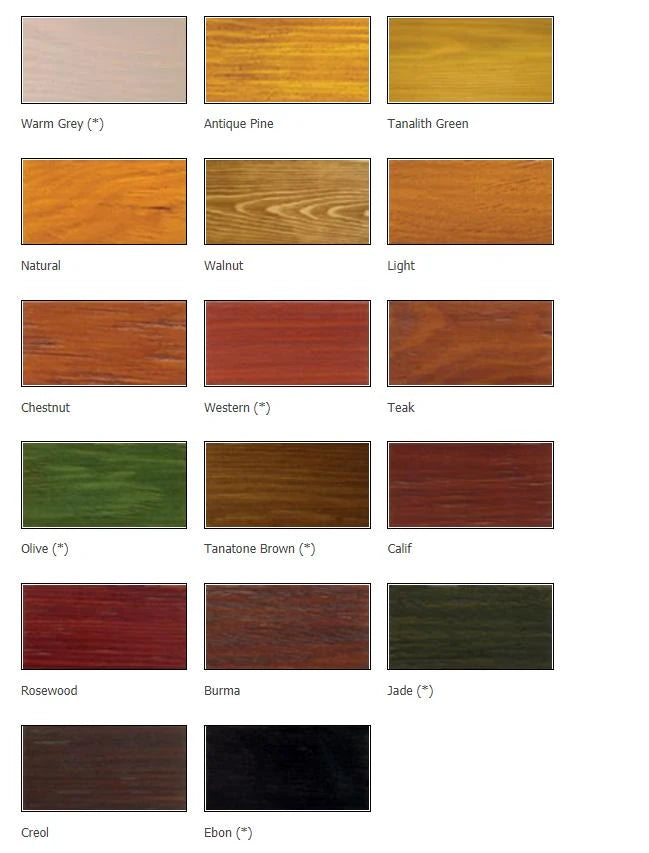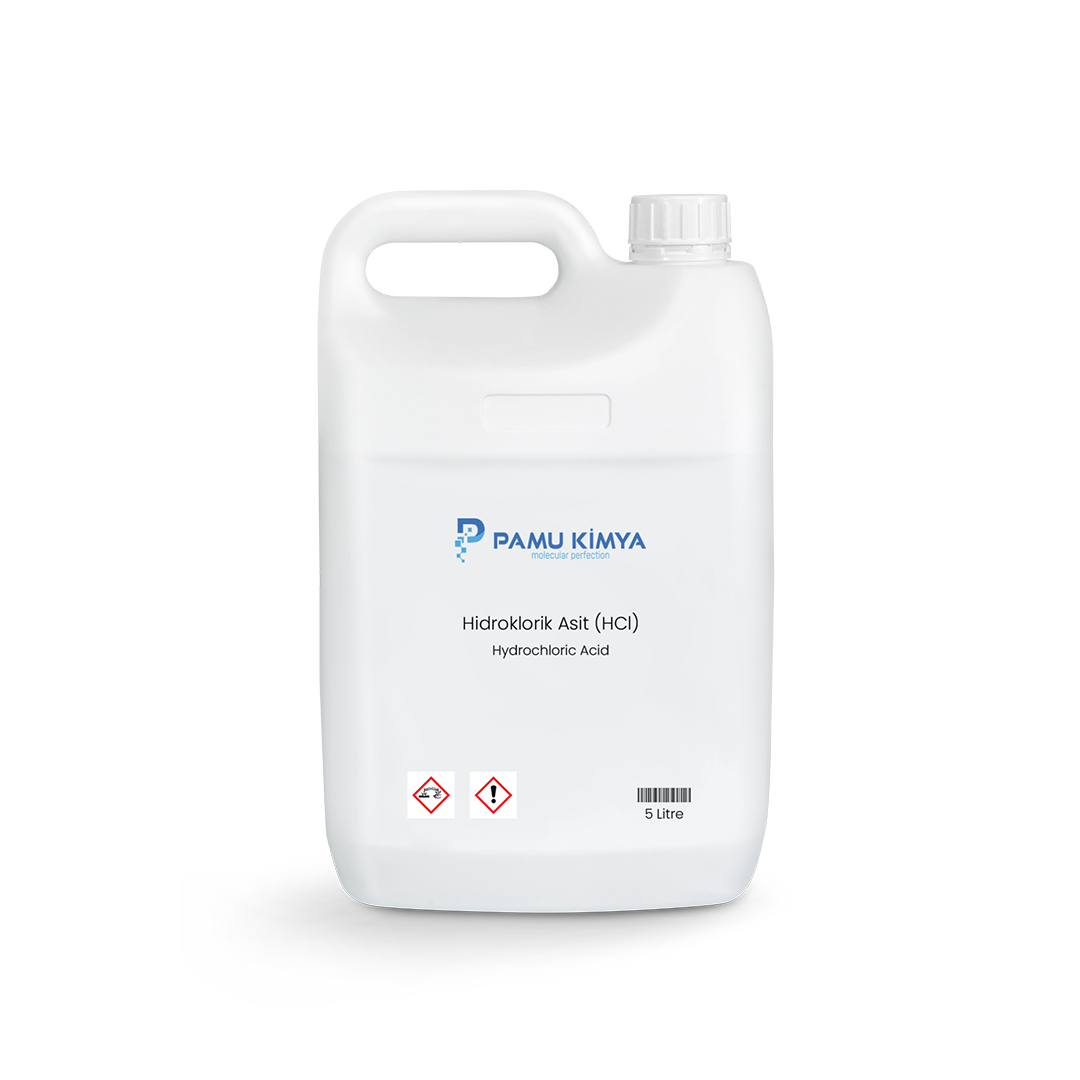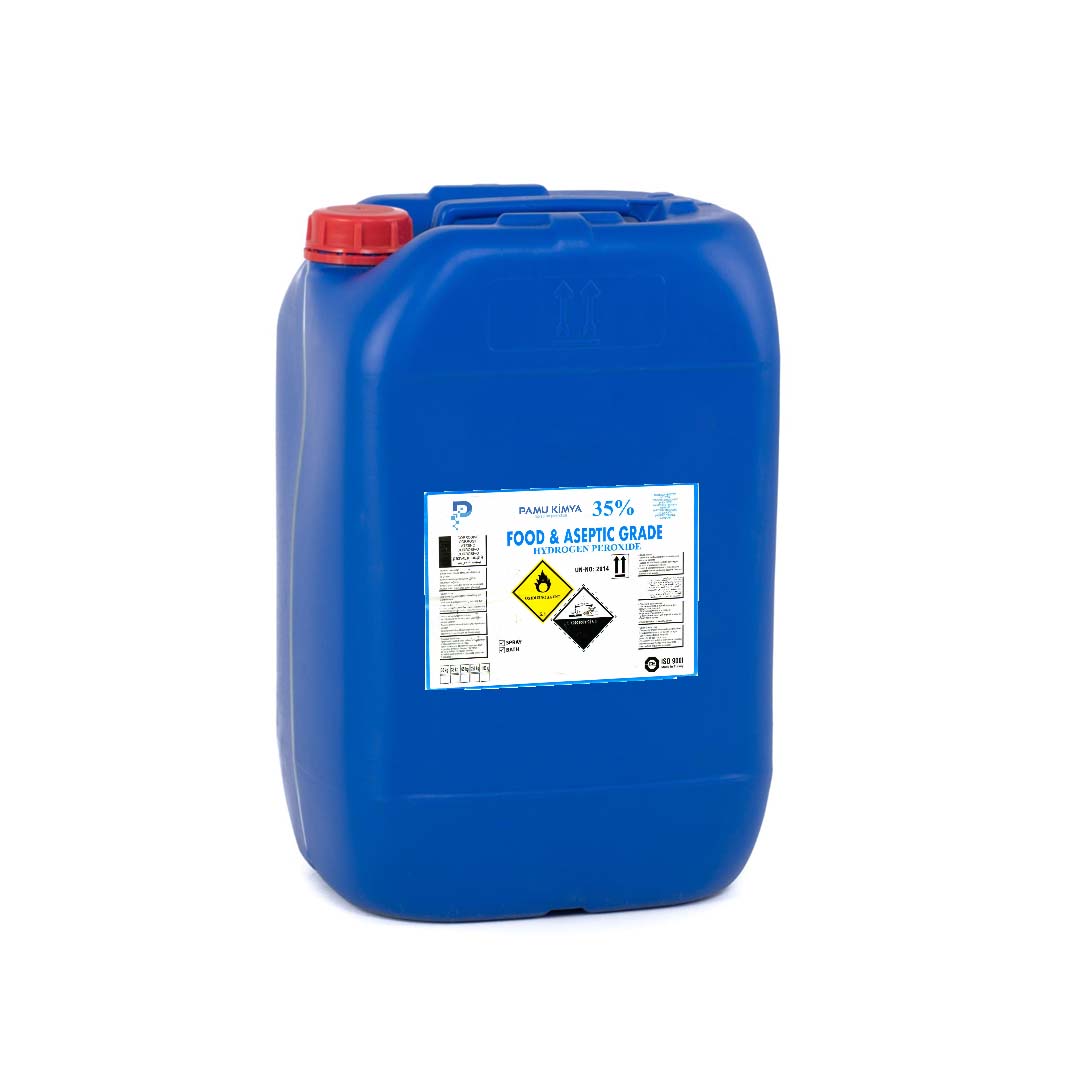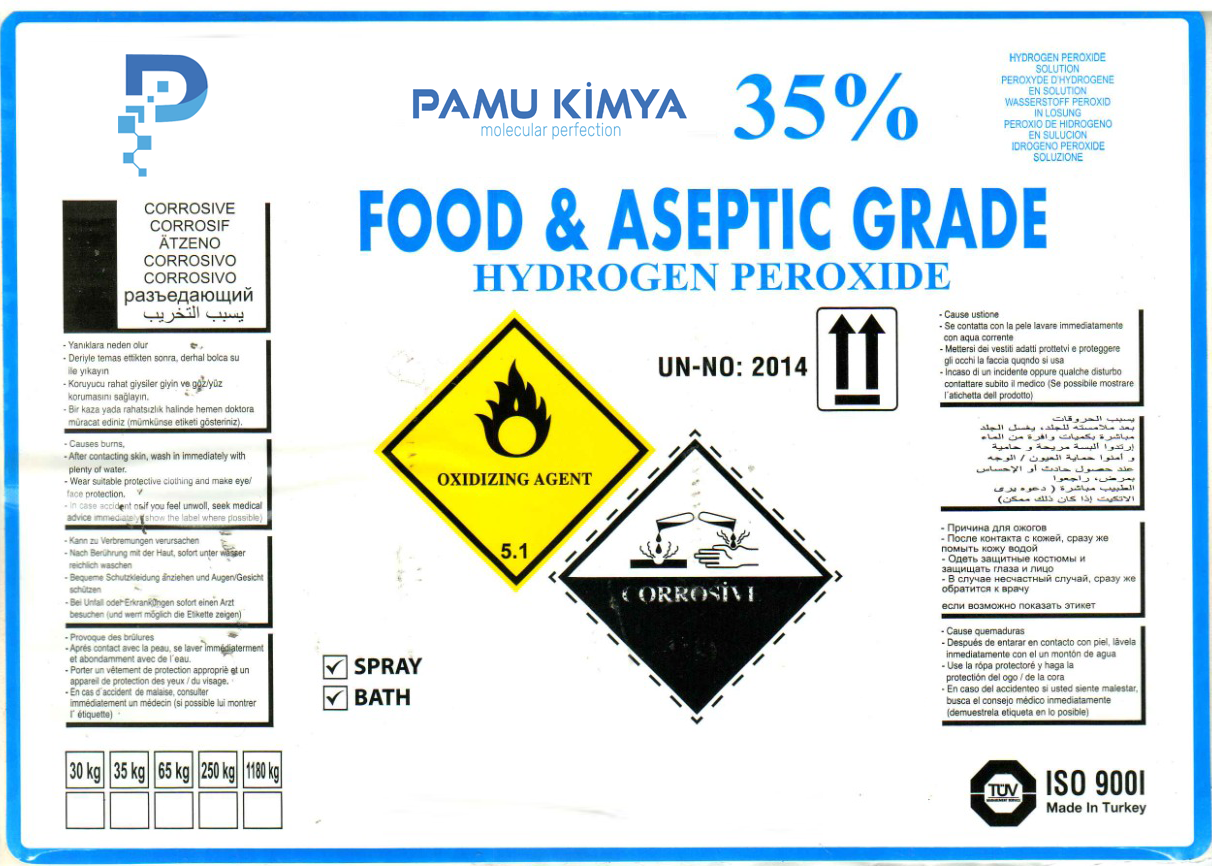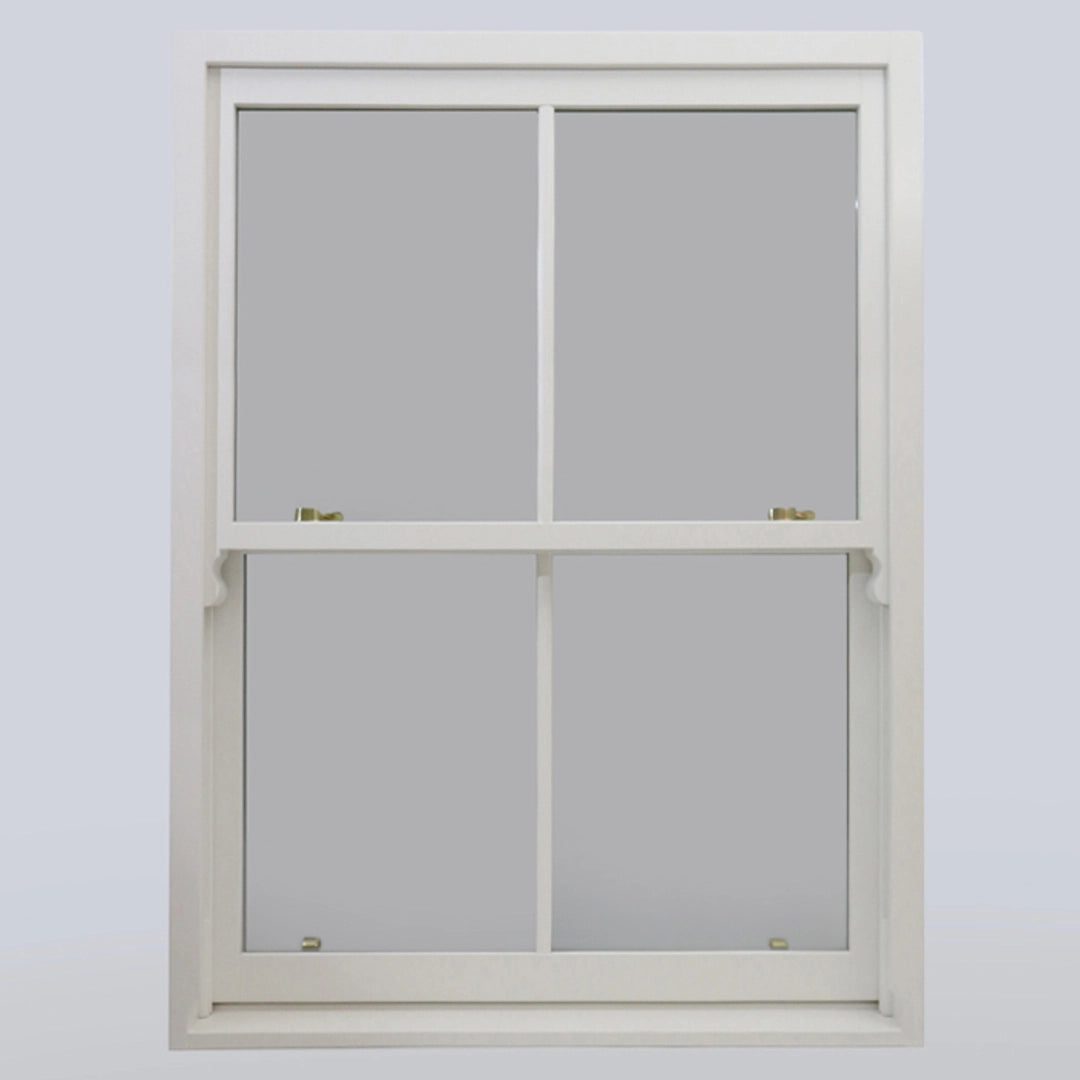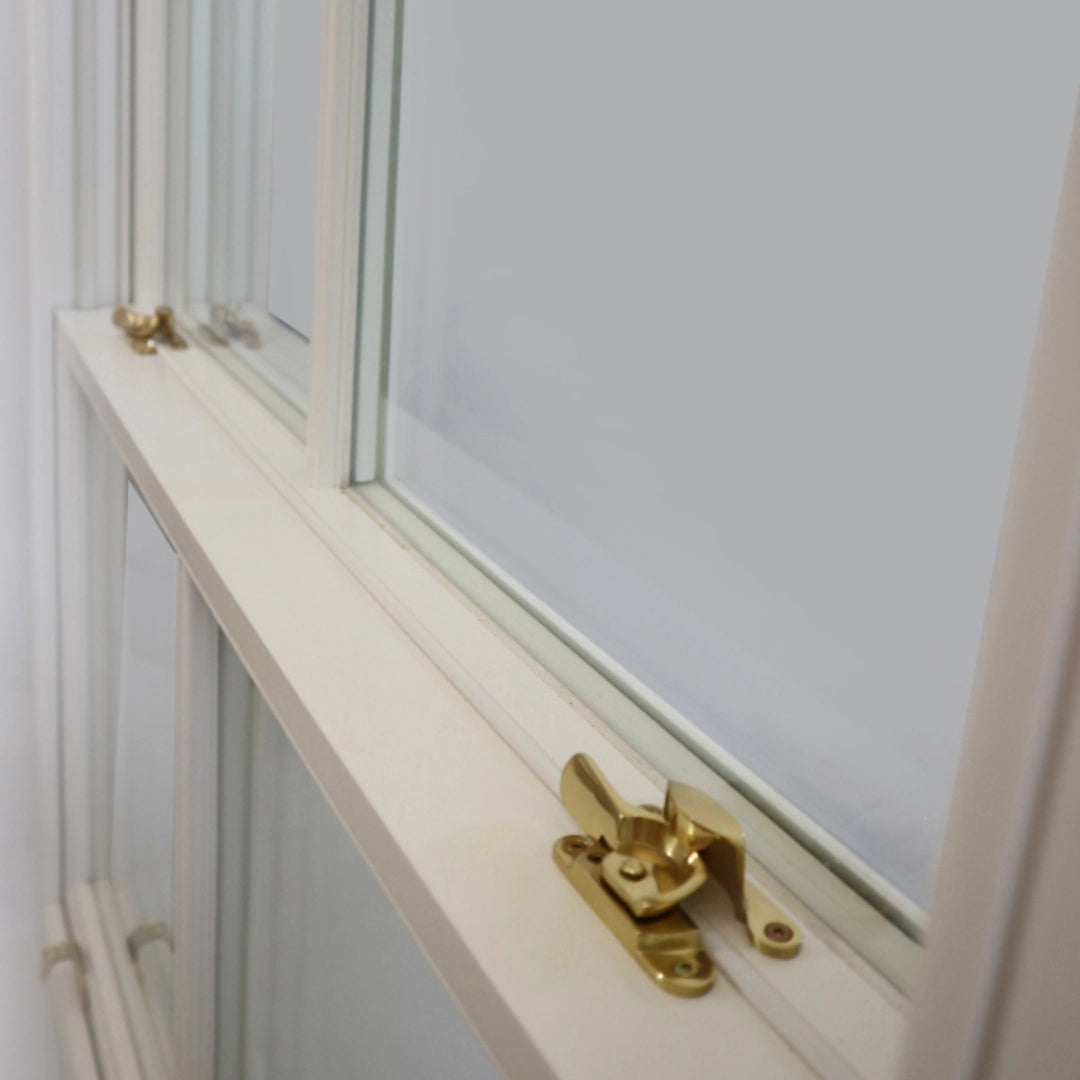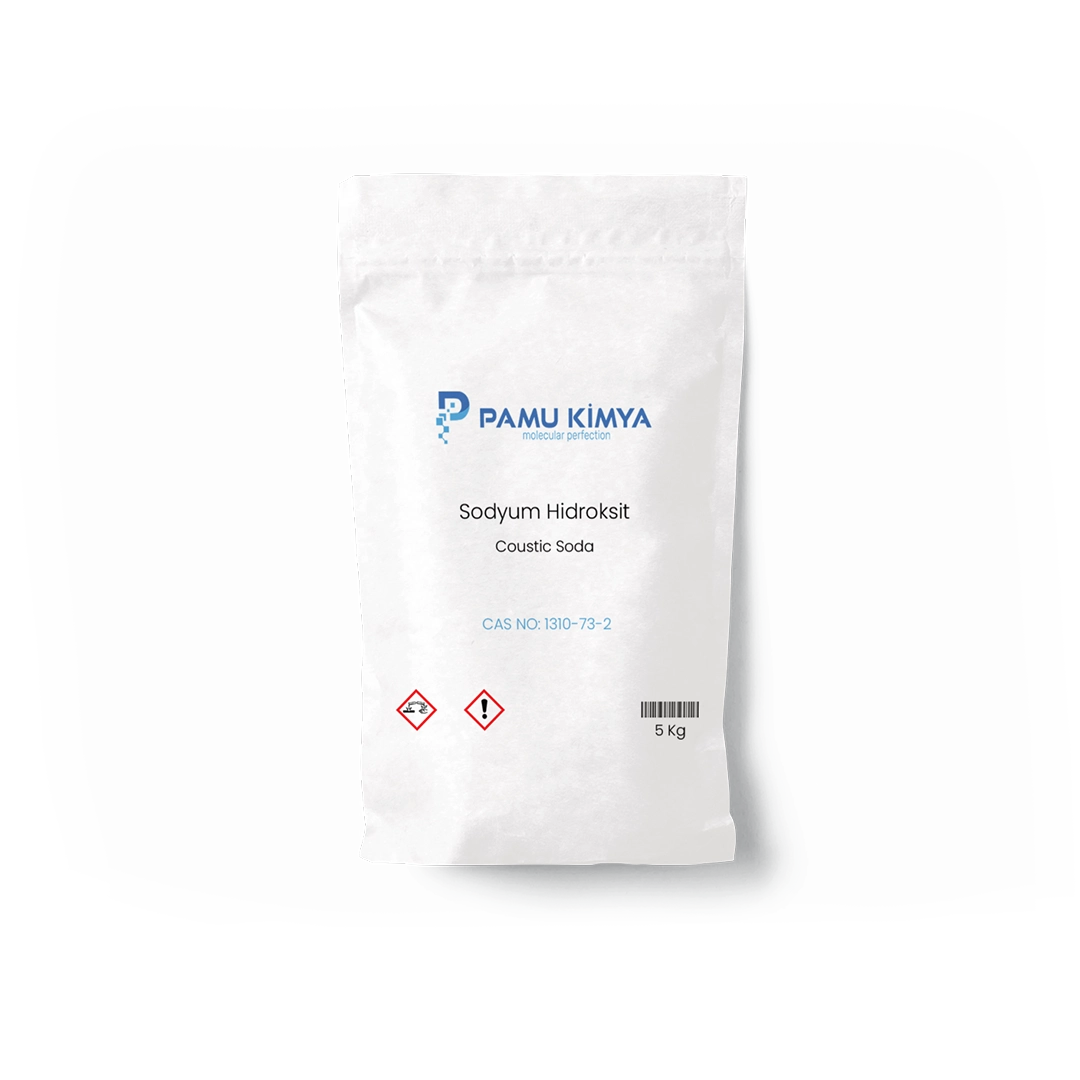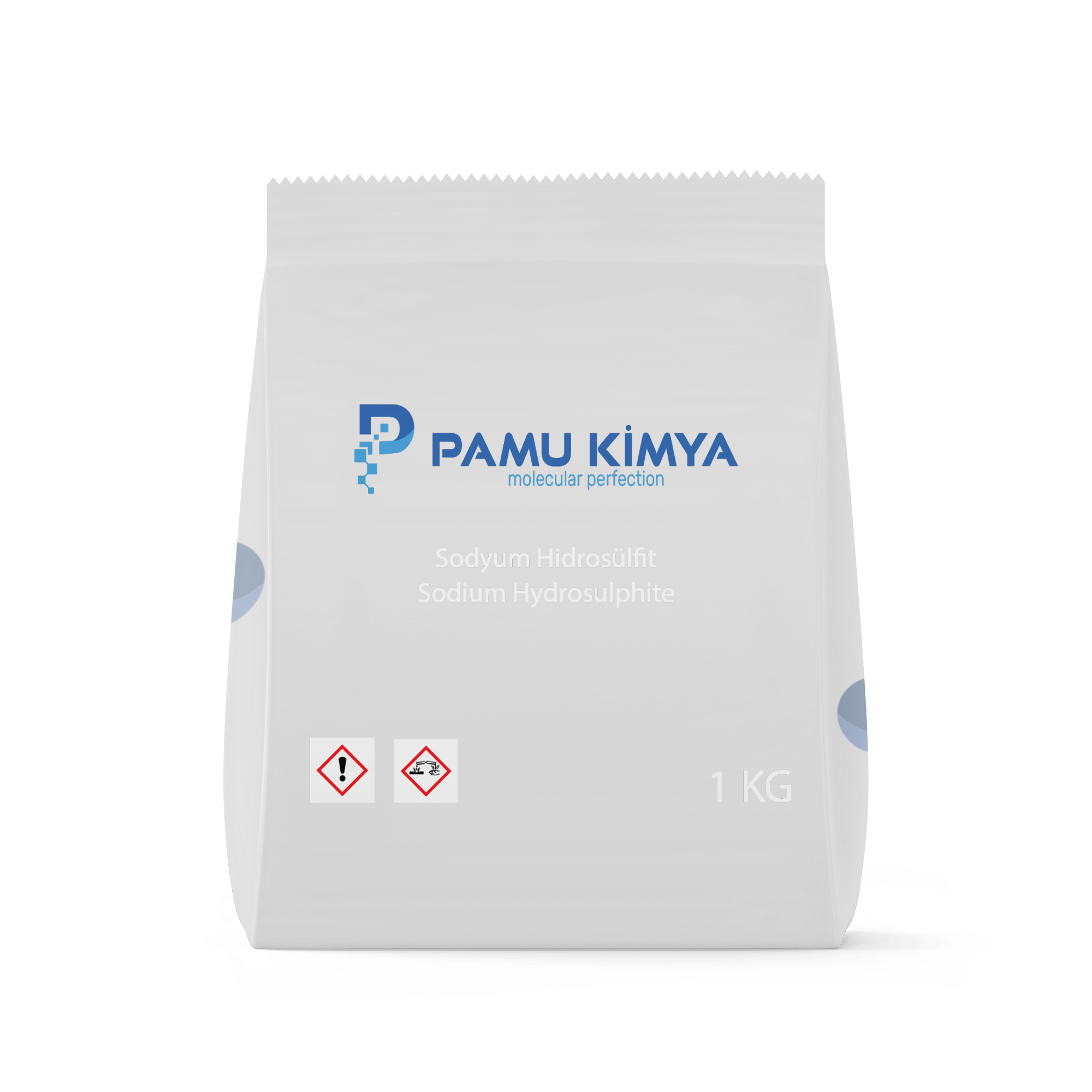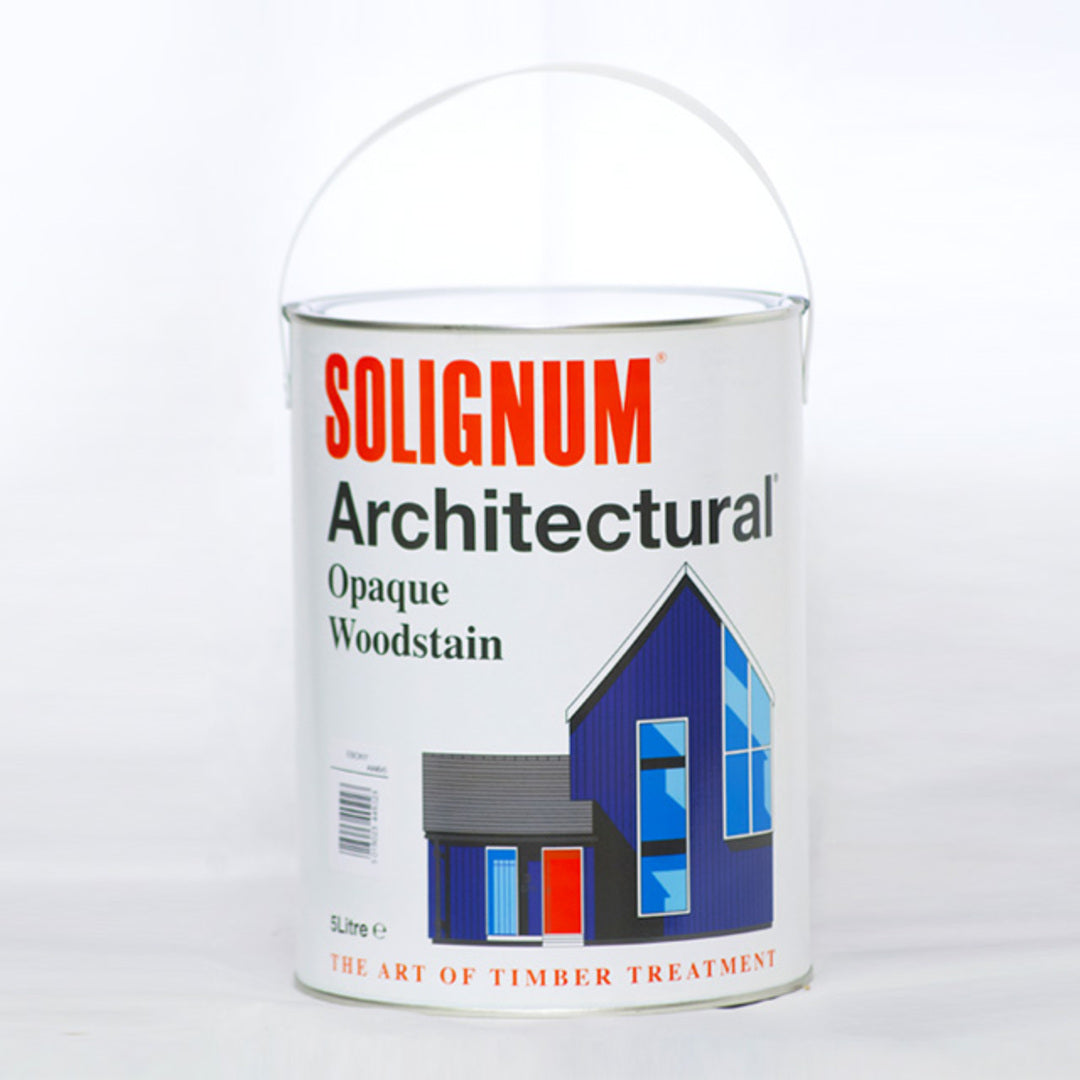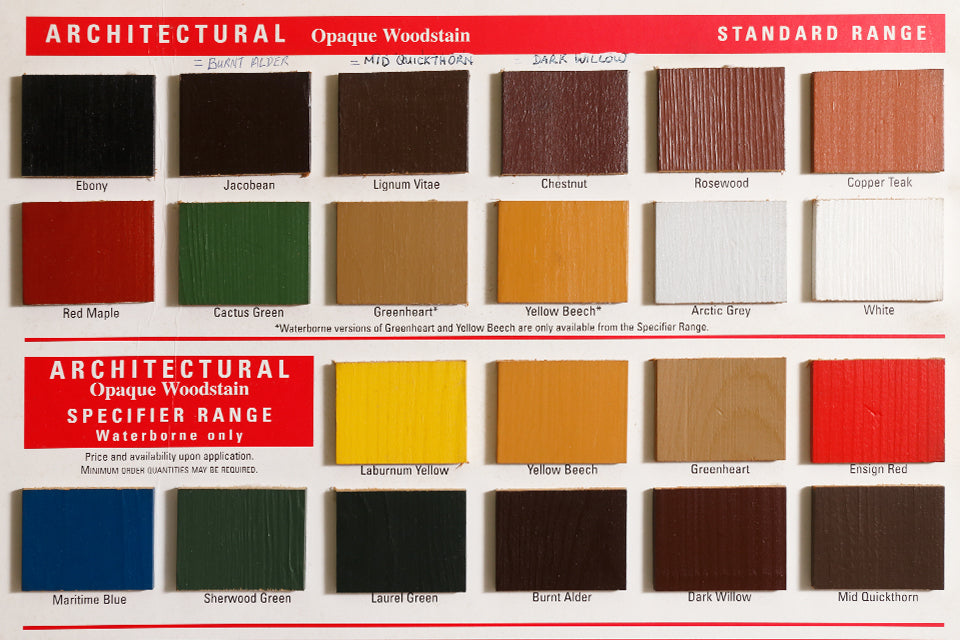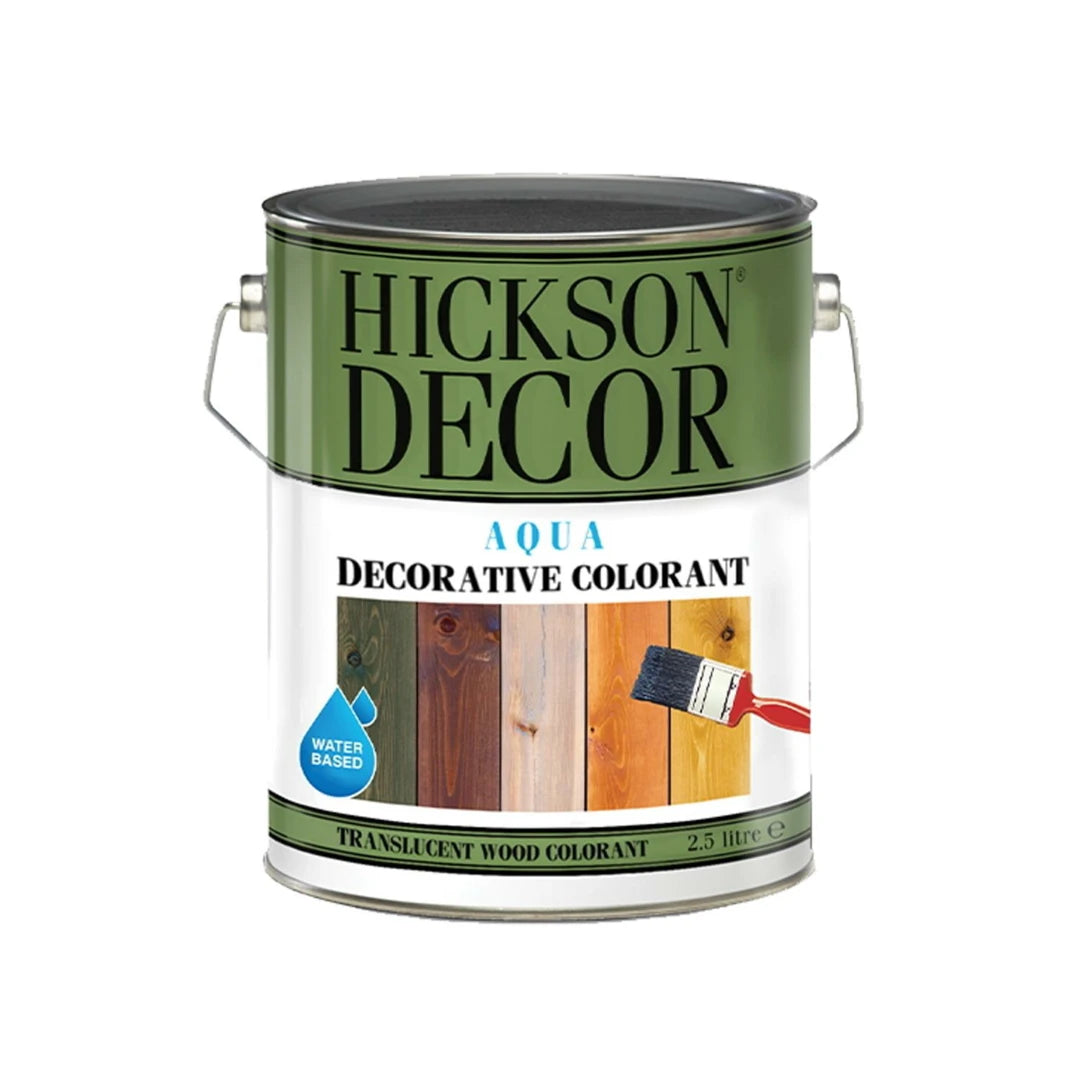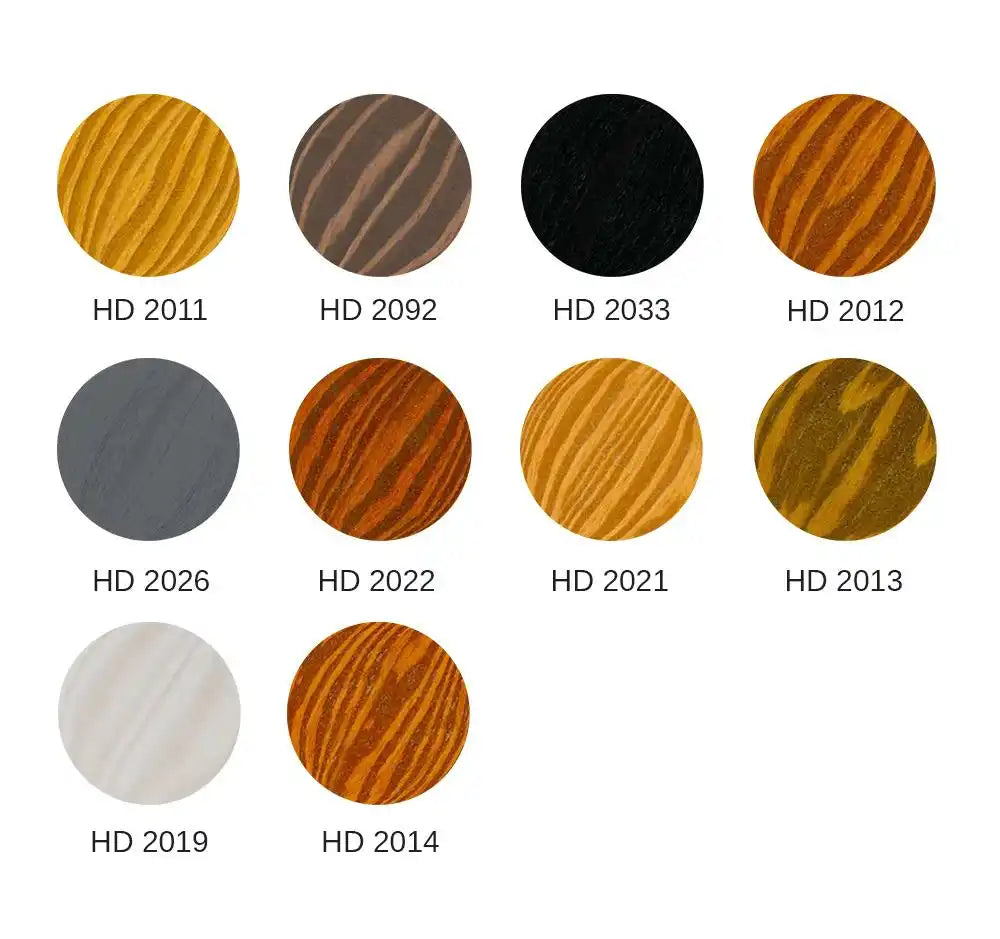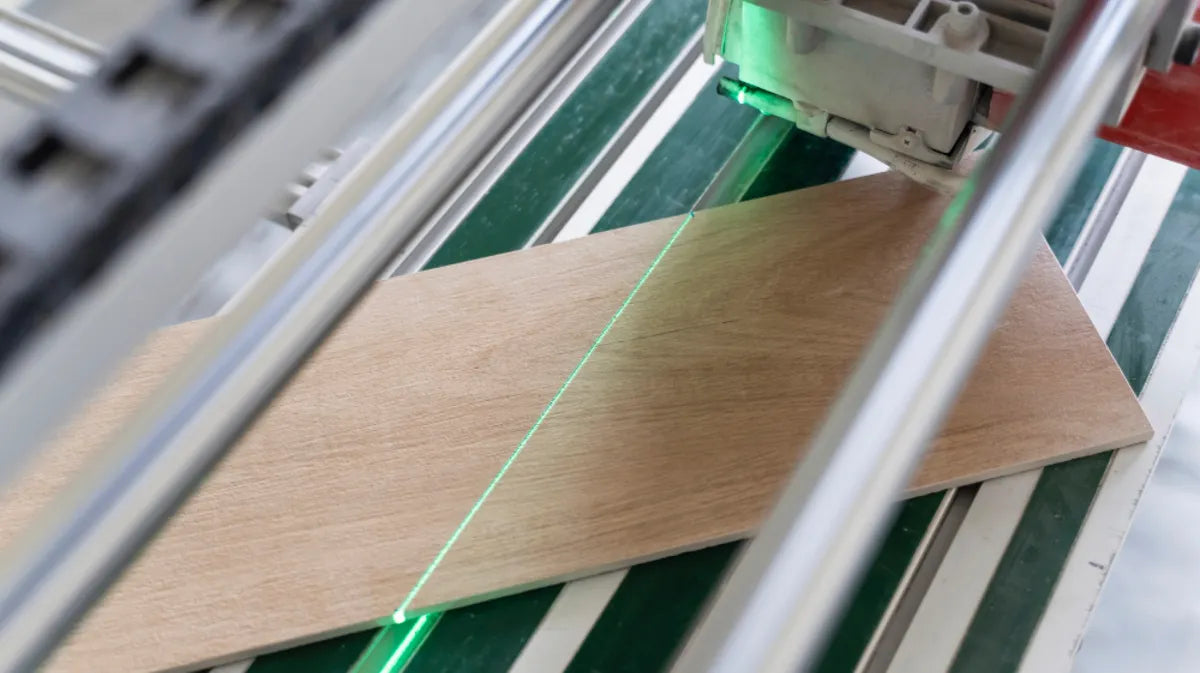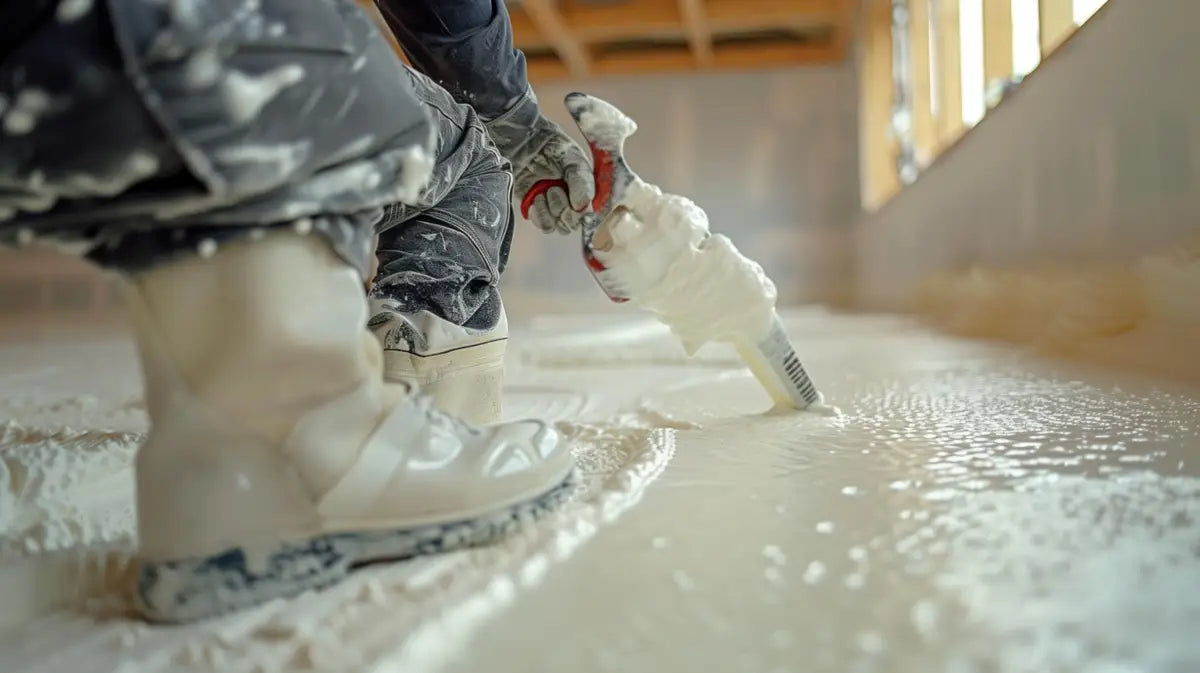
What is Polyurethane?
What is Polyurethane?
Polyurethane foams are thermoset polymers that were first discovered by Otto Bayer and his colleagues in 1937 and started to be used in various European countries, especially in Germany and Austria, after the 1940s. Since it has a very wide product range, it serves many areas of use in daily life. The high strength, low density and ease of application of polyurethane foam are important factors in its preference over many materials.
It is basically formed as a result of the reaction of isocyanate with at least two reactive NCO groups per molecule and glycols with two or more reactive functional OH ends. Polyurethane foam structure consists of hard segments consisting of isocyanates and soft segments consisting of polyols. Polyurethane foams are thermoset polymers formed as a result of exothermic reactions. In the formulations of polyurethane foams, the main components of which are isocyanate and polyol, various catalysts, blowing agents and auxiliary chemicals are used depending on the sector in which the demand is made. Polyurethane foams consist of intramolecular cross-links. In this way, they exhibit resistance to extreme conditions such as salt, acid and base and maintain their physical and chemical properties for many years.
Polyurethane foams are used in many areas of daily life thanks to their flexible and rigid form. Construction, white goods, textile, automotive, furniture and footwear are among the sectors where polyurethane foam is used the most.
Polyurethane foam is divided into two classes, rigid and flexible foam, considering the cell structure and the chain lengths that make up the soft segments.
Due to the high mechanical strength and low thermal conductivity coefficient of rigid foam, the most common areas of use are the building and construction sector. Thanks to the insulation properties of polyurethane foams, heat transfers between the interior and exterior of the structure can be prevented. In addition to all these features, it is widely used in the building sector because it offers waterproofing properties. In addition, its easy application and long life make the product more preferred by users. Rigid foams provide energy savings by reducing the energy consumed in situations where cold air needs to be preserved, such as water heaters, refrigerators and deep freezers, in the building sector as well as in the white goods sector.
In Which Industries Is Polyurethane Used?
Polyurethane foams are used in many areas of daily life thanks to their flexible and rigid form. Construction, white goods, textile, automotive, furniture and footwear are among the sectors where polyurethane foam is used the most.
Polyurethane foam is divided into two classes, rigid and flexible foam, considering the cell structure and the chain lengths that make up the soft segments.
Due to the high mechanical strength and low thermal conductivity coefficient of rigid foam, the most common areas of use are the building and construction sector. Thanks to the insulation properties of polyurethane foams, heat transfers between the interior and exterior of the structure can be prevented. In addition to all these features, it is widely used in the building sector because it offers waterproofing properties. In addition, its easy application and long life make the product more preferred by users. Rigid foams provide energy savings by reducing the energy consumed in situations where cold air needs to be preserved, such as water heaters, refrigerators and deep freezers, in the building sector as well as in the white goods sector.
Flexible polyurethane foams are generally grouped as seat and bed sponges, viscoelastic sponges, filters and integral systems. Sponges, which have an important place in the furniture sector, provide important solutions both during manufacturing and in the production of pillows, beds and seats that provide comfort to the user by taking the shape of the body. Again, their area of use in the automotive sector is quite wide; they are used in areas such as wheel, steering wheel, interior and exterior trim materials, air and fuel filters, bumper and seat production. Since they are light and have a high volume, they provide fuel savings by reducing vehicle weight, while contributing to passenger safety with their soft structure.
In the textile sector, polyurethane is used in areas such as leather, fabric, shoe soles, and accessories. In addition to all these, polyurethane raw materials used in medical products such as hospital beds, injection-coated devices, wound dressings, and surgical drapes are preferred in the maritime sector due to their protection of the body from water, air, corrosion, and friction.
What is polyurea? In which areas is it used?
Polyurea raw material is widely used in the waterproofing sector as a floor coating. Polyurea is formed as a result of the reaction of isocyanate and amine-terminated resin compounds.
Polyurea, an indispensable raw material in waterproofing, is mainly applied on concrete and steel. In addition to its waterproofing feature, it provides flexibility, durability, corrosion protection and abrasion resistance to the surface it is applied to. Its main areas of use are; building exterior, roof, floor, garage, elevator shaft, water tank and swimming pool waterproofing.
Polyurethane Foam Formation and Raw Materials Used
Polyols used in polyurethane foam production combine with isocyanate to form the polyurethane structure. The catalyst group added to the reaction affects the reaction time. The silicone group added to the mixture stabilizes the foam structure until a durable structure is formed, ensuring a homogeneous mixture. The blowing agents and water used in the mixture affect the foam density.
1- Polyols
Polyols play an important role in the polyurethane industry. The vast majority are produced petrochemically from crude oil and coal. Polyols consist of polymeric compounds or liquid oligomers with at least two hydroxyl groups. Such polyols are polyether polyols, polyester polyols, hydroxyl-terminated polyolefins, polycarbonates and vegetable oil-derived hydroxyl-group polyols. In addition, polyols obtained from vegetable oils such as soybean oil, castor oil, and peanut oil contribute to the environment in terms of sustainability.
Polyether polyols are composed of many different starting materials with chain lengthening by alkylene oxides (propylene oxide (PO) or ethylene oxide (EO)). Starting materials used today are either natural products such as sucrose or sorbitol or industrially produced organic chemicals such as ethylene diamine and o-toluene diamine. Polyesters used in rigid foams are based on adipic acid, glutamic acid, and succinic acid initiators or industrial waste streams such as dimethyl terephthalate distillation wastes, polyethylene terephthalate mixtures depolymerized from waste bottles and films.
2- Isocyanate
Isocyanate components, which have an important place in polyurethane synthesis, have aliphatic, aromatic, cycloaliphatic or polycyclic structures. Oligomeric toluene diisocyanate (TDI), methylenediphenyl diisocyanate (MDI) and polymeric methylene diphenyl isocyanate (PMDI) are widely used in polyurethane formation.
3- Blowing Agent
Chemical and physical blowing agents or their combination are used in the production of polyurethane foams.
Chemical blowing agents react with isocyanate groups to release CO2 gas. Physical blowing agents consist of various compounds such as halogenated or non-halogenated azeotropes, hydrocarbons and new generation olefins.
4- Catalysts
In polyurethane formation, catalysts are selected from two classes: tertiary amines and metal salts, primarily tin. Catalysts accelerate the reaction between isocyanate and OH-terminated molecules. Catalysts used in polyurethane reactions have different effectiveness and selectivities. Therefore, a combination of two or more catalysts is generally used in many applications. The combination obtained synergistically provides the desired balance of gelation (urethane formation) and swelling ( CO2 , blowing agents) and adapts to customers' production processes. In addition, the catalytic activity of catalysts on cross-linking reactions (allophanate, biuret, isocyanurate) determines both the foaming behavior and foam properties of the polyurethane foam. Gelation, swelling, cyclomerization, oxazolidan and carbodiimide reactions that occur during polyurethane foam formation are triggered and accelerated by catalysts.
Types of Polyurethane Foam
Polyurethane is used in four basic product types: foam, elastomer, fiber and coating. Polyurethane materials, which are mostly used in foam structures, vary in their uses due to their different densities.
1- Rigid Polyurethane Foams
Highly cross-linked, closed-cell, thermoset, high compressive strength polymeric materials are called rigid polyurethane foams. Rigid polyurethane foams constitute the class of materials with the lowest thermal conductivity among commercially used foam polymers. They are widely used in the heating-cooling and building-construction sectors due to their excellent and unique thermal insulation and mechanical properties.
2- Flexible Foams
Flexible polyurethane foams have the largest production volume among various polyurethanes, and are widely used for shock absorption, comfort, sound insulation and packaging materials. Flexible polyurethane foams are used in automobile parts and seats, pillow and mattress production and furniture sponges. These foams are obtained by reacting isocyanate with polyol in the presence of suitable catalysts and additives. Carbon dioxide, which acts as a blowing agent and isocyanate groups, spreads into the initially formed pores and allows the foam to expand. This process consists of different stages such as mixing and bubble distribution, foam rise, cell opening and formation of a cellular polyurethane foam.
3 Thermoplastic Polyurethane Elastomers
Thermoplastic polyurethane materials are materials formed by the reaction of diisocyanate, prepolymer and short-chain diol. The segment formed by the prepolymer and diol has a soft structure, while the segment formed by the reaction of diol and diisocyanate has a hard structure. The hard segments in these two-segment thermoplastic polyurethane elastomers act as cross-links at the points where the chain intersects, creating a stable structure at a certain temperature. However, when they are reheated or dissolved in a solvent, their stable structure disintegrates, giving the polyurethane material the ability to be processed in a mold or coated with a solvent. Thermoplastic polyurethane elastomers have high resistance to gas, oils, hydrocarbons, ozone and oxygen, and abrasion resistance. Thanks to these properties, they are used in applications such as solid wheels, shoe soles, gaskets and gear wheels.
Polyurethane Application Technologies
Polyurethane materials have different production methods and production stages depending on the sectors in which they are used.
Rigid polyurethane foams are produced by pouring the foam formulation into a mold. The product can then be cut into sheet form or into desired shapes depending on the sector in question. This method is used in 'cast-in-place' applications such as insulation coatings for refrigerators and similar items. With the increase in foam consumption volume and the need for more economical production methods, continuous processes for block foam production and later continuous lamination technology for panel production were developed.
1-Slabstock Production
Slabstock foam is also called sheet or block foam. Slabstock foams are produced by continuous process. Foam sizes are selected for different applications and used by cutting. Slabstock foams are produced continuously with a horizontal conveyor type machine. In this technique, raw materials are pumped into a mixer operating at high speed and poured onto continuously moving conveyors and foam formation occurs on the conveyors. In batch production, production is carried out using molds. The slabstock (block) method is mostly applied in sponge production.
2- Casting in Place
The in-situ casting method is used for the production of refrigerators, freezers, sandwich panels and similar applications. This process is also used in field applications such as internal and external insulation of tanks, LPG (liquefied petroleum gas) tank insulation, heavy oil tank insulation, chemical tank insulation and pipe coating insulation.
3- Molding
Another method of polyurethane foam production is the molding method. Isocyanate and polyol mixtures are applied to the mold by injection with the help of low and high pressure machines. The polyol mixture contains polyols, catalysts, chain extenders, blowing agents and auxiliary chemicals. The isocyanate and polyol mixture is transferred to the head section of the machine through different lines by means of pressure. After the two products are mixed in the head section, they are discharged into the mold. Aluminum, silicone and polyester molds are generally used as mold material. Molds can be at a temperature of 25-50 o C during application. Molding method is frequently used in sectors such as furniture and automotive where flexible polyurethane foams are used. The most commonly used flexible polyurethane foams with the molding method are steering wheels, gear knobs, interior trim parts, and fuel filters in the automotive sector; and pillows and armchairs in the furniture sector.
4- Lamination
The lamination method is used in laminated sheet applications of flexible coating materials such as aluminum foil, kraft paper and asphalt paper. The panels obtained with this method can be used as insulation boards on roofs and walls, and rigid coating materials such as gypsum boards can be used in the semi-continuous production of building materials.
5- Closed Mold (RIM) Process
The RIM process consists of mixing two reactive components and pouring this mixture into a closed mold using a high-pressure mixer. Thin and wide products can be obtained with this process. Examples of rigid foam RIM products include chair covers, office machines, computer cases and automotive parts such as windshields and mudguards.
6- Sandwich Panels
Rigid polyurethane foam sandwich panels have a hexagonal structure consisting of two wide facing panels and four frames. The foam mixture is poured into the closed cavity to allow expansion. The production of small-scale panels is carried out with a batch process. The continuous process has high efficiency but the initial investment costs are high. Sandwich panels are used in shipping vehicles carrying frozen foods and in cold storage.
7- Spraying
Two-component rigid foam systems can be applied by spraying onto a surface at a temperature of approximately 10 °C and above. The areas where spray insulation is applied using this method are heavy oil storage tanks, cold storages, outdoor tanks such as wall surfaces of ship cellars and roof and facade surfaces of buildings.
General Properties of Polyurethane
Two-component rigid foam systems can be applied by spraying onto a surface at a temperature of approximately 10 °C and above. The areas where spray insulation is applied using this method are heavy oil storage tanks, cold storages, outdoor tanks such as wall surfaces of ship cellars and roof and facade surfaces of buildings.
General Properties of Polyurethane
Polyurethane foam materials must have certain mechanical, structural and thermal properties due to their areas of use. Different test methods are applied to determine these.
1- Density
Density affects almost all properties of polyurethane material. As the density of rigid polyurethane foam material increases, the compressive strength, which is one of its mechanical values, increases and an increase is also observed in the thermal conductivity value. Therefore, determining the density of foam materials is of great importance.
2- Structure-Property Relationship in Polyurethane Foam
The physical, mechanical and thermal properties of polymeric foams are affected by the polymeric matrix, cell structure and gas composition. In addition to critical parameters such as the distribution and quantity of cells, the structure of the cells, i.e. whether they are closed or open-celled, also plays an important role in determining the final properties of the polymeric foam.
3- Thermal Properties of Polyurethane Foam
Polyurethane is a material that draws attention with its very good thermal insulation properties and is used in many applications in today's technology. It has a very low thermal conductivity coefficient (0.022 W/mK) and high waterproofing properties. In addition to its thermal and waterproofing properties, it also provides sound insulation according to its structure.
The amount of blowing gas remaining inside the cells of polyurethane foam affects the insulation properties. Pentane and its derivatives, one of the physical blowing gases, are frequently used in foam formation. In addition to pentane gas, the chemical blowing gas CO2 is formed as a result of the reaction of isocyanate and water in the formation of foam. These blowing gases provide the greatest contribution to thermal insulation and accordingly, a gas with a low thermal conductivity coefficient should be preferred in the formulation.
Thanks to its thermal properties, polyurethane is frequently preferred in industries where heat insulation is prominent, such as building-construction, automotive and white goods.
4- Mechanical Properties of Polyurethane Foam
Since foams need to be dimensionally stable in industrial applications, their mechanical properties are important. It is generally known that the mechanical properties of cellular materials depend primarily on their density. In addition to density, cell size is another parameter that affects the mechanical properties of foams. While the cell diameter of foams decreases, the compressive strength and density, which are proportionally related to each other, increase. Compressive strength and elastic modulus depend not only on the size of the foam cells but also on the material of the cell walls, the shape and type of cells (closed or open). In polyurethane foams, the cross-link density of the foam and therefore the compressive strength of the foam increase with the increase in the isocyanate index or isocyanate content. This situation can be explained by the fact that excessive amounts of isocyanate used due to the high isocyanate index lead to the formation of isocyanurate hard segments, biuret and allophanates in the structure. High isocyanurate, biuret and allophanate content causes the formation of a harder but brittle and more fragile structure in foams. With the increase in the isocyanate index, the cross-link density of the foam increases and inversely proportional to the density, the cell size decreases and foams with smaller pore sizes are formed. With the increase in the isocyanate index, the density of the foam increases while the cell sizes decrease and inversely proportional to the decrease in cell size, an increase in the compressive strength of the foam is observed. Since polyols with high hydroxyl numbers require more isocyanate during foam formation, the polyurethane foams formed also have higher cross-link density. In general, the mechanical strength of foams with high density or high cross-link density is good. As the polyol content increases, the cell size of the foams increases and therefore the density and compressive strength of the foams decrease. The branched structure of highly branched polyols and their high OH index significantly increase the cross-link density of the foams. However, the cells that are not formed homogeneously in these foams, the high open cell ratio, cause crumbling and fractured structures due to the excessive hardness of the cell walls. These structures also lead to a weakening of the mechanical properties. The change in the amount of water, which is the blowing agent, causes a significant difference in the physical and mechanical properties of foams. With the increase in water content in foam formulations, the cell size of the foam increases, the cell wall becomes thinner and therefore the compressive strength decreases.
5- Dimensional Stability
The polyurethane structure has excellent dimensional stability and this feature varies according to the ambient temperature. Due to its wide usage area, it is exposed to temperature changes. Tensile strength is extremely important in polyurethane systems. Foams with substandard dimensional stability will deform when exposed to higher or lower temperatures and cause damage or poor performance in the device. Quality foam should be resistant to shrinkage when exposed to higher or lower temperatures or high humidity levels. Poor dimensional stability can cause the foam to swell, expand, shrink or buckle. This behavior eventually leads to poor coating, waterproofing and most importantly insulation performance of the foams.

